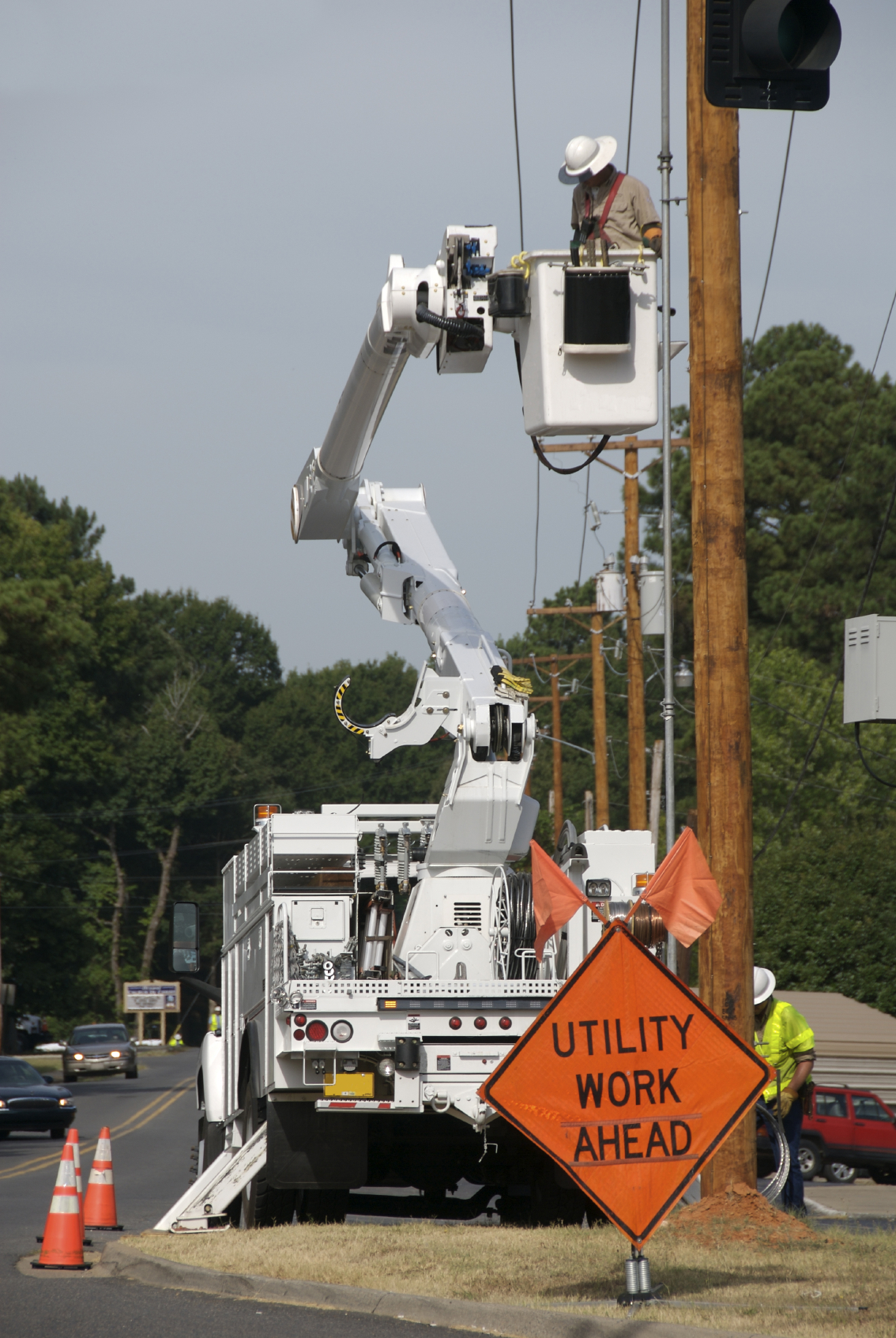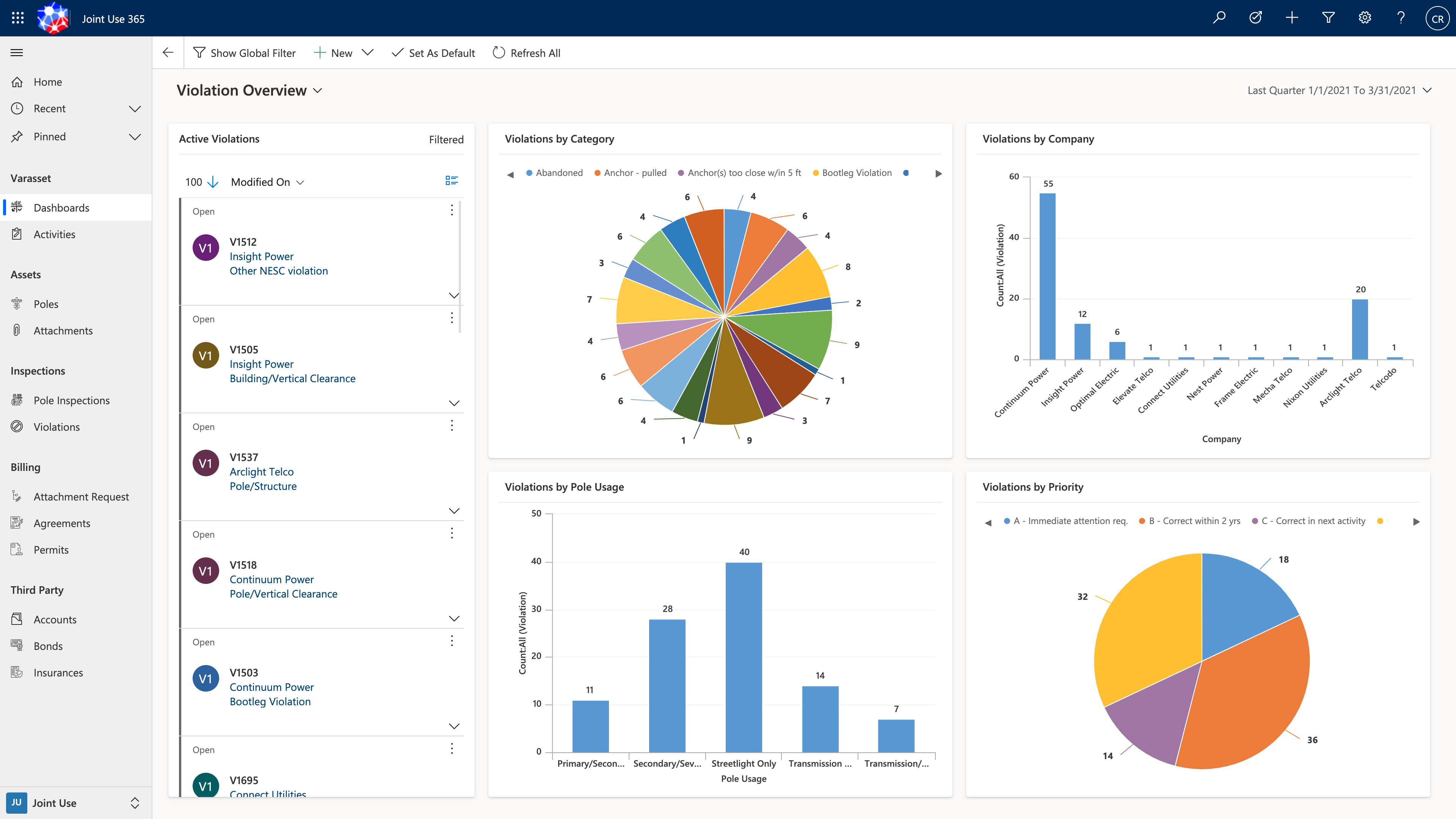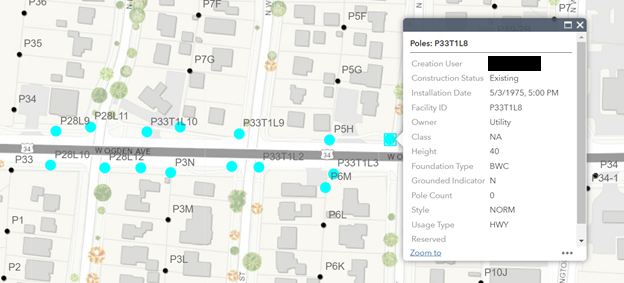Make the Most of Your Attachment Data

Whether you manage joint use attachment data in GIS, spreadsheets, or a home-grown joint use management system, utilities are reaping the benefits of their diligent record keeping and field audits.
Modern mobile software with offline capabilities such as Esri Collector and Fulcrum make it easier to record the attachers on your poles. Back-office management software can integrate with these field tools eliminate the burden of dual entry.
If you aren’t already doing everything possible to keep your attachment data up to date, let’s examine the benefits of doing so.
1. Reduce site visits

Visiting your poles is often necessary, but you can reduce trips and windshield time with accurate, up-to-date data. Did a third party requested to attach on a pole that was just replaced a year ago? Did you record an audit of that pole recently and saved the results in your system of record?
Rather than repeating the recent survey, you can rely on the joint use attachment information, with the date that it was recorded. Using those results as the basis of your approval or rejection in straightforward (minimal make ready) cases will let you move forward in your process quicker without the time and expense of sending someone to the pole.
2. Accurate rental billing
![iStock_Leaking Bucket 000008966297Medium[1] Measure your progress](https://jointuse365.com/wp-content/uploads/2021/11/iStock_Leaking-Bucket-000008966297Medium1.jpg)
It’s common for attachers to dispute an annual joint use rental bill. They often claim they only have attached to a certain number of new poles this year and you are billing them for X% more than that amount.
The adage in the industry is that the company with the best data wins. You want to be that company. You can accurately recoup the costs involved with maintaining your infrastructure for everybody’s benefit.
If you are able to produce accurate reports of which poles your attacher is located, with attachment type, attach date, and height information, you will almost automatically win disputes.
If your joint use administrators are able to pull the data without involving IT with bulk data queries, all the better!
3. Violation tracking

Have you ever been notified of a joint use violation on one of the attachments on your pole, but weren’t sure who was at fault? Without existing data to compare against, you have no choice but to rely on guesswork. Furthermore, you may not even know how to suggest a remedy to without the context of who else is on the pole and their attachment heights!
What if there is a pending pole attachment or transfer request for that pole? Would’ve knowing such a thing in advance have helped you communicate the remedy to your attachers?
With the growing number of companies building infrastructure, it’s becoming harder and harder to identify who is at fault when violations are reported. The rush to capitalize on incentive programs like RDOF will lead to some attachers to cut corners on NESC and your own engineering standards.
Make sure you can link violations to specific attachments so you can follow up with as much data to your attachers as possible, ensuring no unnecessary delays in resolving public safety issues.
4. Mapping and GIS integration

If you have software capable if integrating your pole data from your GIS, you’re able to associate distinct attachments to the poles on which they are located. This will unlock a host of mapping and location-based queries you are able to perform.
Whether you decide to keep only your attachments in a joint use-specific system, or integrate that data back to your GIS, you’ll be able to determine exactly what poles your attachers are on at any given moment. This may seem obvious but being able to spatially relate your attachment data is a very valuable timesaver.
Have you ever wanted to plot all joint use activities such as pole attachment or removal requests? Knowing who is attached to a string of poles during a large road move project will aid in organizing the transfer work, which leads us to…
5. Facilitate pole transfer notifications

Often the most time-consuming joint use process involves submitting and tracking pole transfers. Systems such as NJUNS (National Joint Use Notification System) exist to help pole owners and attachers facilitate communications related to performing such work.
Notification systems usually rely on an accurate depiction of the parties attached to a given pole so they can be assigned the task to transfer when it is their turn.
Without this information, you must rely on additional site visits and field surveys to create tickets accurately. You’re going to collect this data one way or another so it may as well be in your system. You may even make use of integration opportunities to help eliminate the duplicate entry needed to facilitate these processes!
Don’t have a system? Attach to Joint Use 365!
Maintaining accurate attachment data is an up-front investment of time and effort that pays off down the road. It’s so much easier with a good system to manage it.
Joint Use 365 is the only modern, full-featured joint use software application designed for pole owners and built on the latest Microsoft cloud technologies.
Utilities track incoming pole attachment requests, execute configurable workflows with Microsoft Power Automate, manage documents with SharePoint Online, and visualize their data and processes through Power Platform dashboards and Microsoft Power BI.
With data secured behind your own Azure Cloud infrastructure and Active Directory login, never again will your joint use data be unavailable, whether in the office or in the field.
To learn more about Joint Use 365, schedule a demo today.
